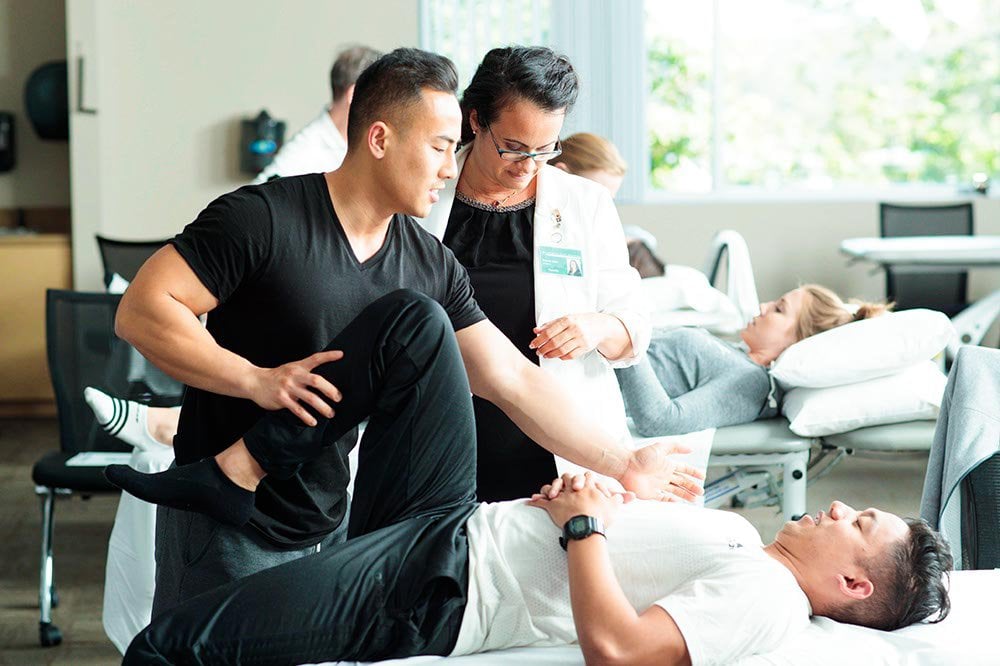Equilibrium and stability are essential components of physical fitness and general health. They play a vital role in daily activities, athletic performance, and injury prevention. When an individual has good balance and steadiness, they are not as prone to trip or sustain injuries during bodily activities. One efficient way to evaluate these qualities is through Functional Movement Screening (FMS). FMS is a tool used to evaluate motion styles and recognize discrepancies or deficiencies that could result to harm.
Practical Motion Assessment includes a sequence of particular tests that assess how effectively a person moves. The tests focus on fundamental movements such as squatting, lunging, and bending. By observing these movements, trainers and healthcare professionals can determine areas where an individual may have difficulty. For example, if someone has trouble keeping equilibrium while executing a squatting, it may suggest a need for specific workouts to enhance power and control. This evaluation not only detects weaknesses but also helps to track progress over time.

In addition to identifying areas for improvement, FMS serves a crucial part in avoiding harm. Many injuries occur as a consequence of inadequate motion patterns, which can be detected through functional assessments. By tackling these problems early on, people can reduce their risk of injury during athletic or other bodily exercises. For instance, a runner who demonstrates an imbalance in their stride may be increasingly prone to knee injuries. By adjusting these imbalances through targeted training programs, the likelihood of injury can be substantially reduced.
Additionally, enhancing capability is another advantage of performing a comprehensive assessment of balance and steadiness. Sportspeople and active individuals often seek to enhance their capability in particular sports or tasks. A comprehensive understanding of their motion patterns allows trainers to create customized exercise programs that target specific weaknesses. By enhancing balance and steadiness, sportspeople can improve their overall performance, whether it’s jogging more quickly, jumping higher, or performing exact actions in their sport.
In conclusion, the significance of evaluating balance and stability through Practical Motion Screening cannot be overstated. their website This thorough evaluation serves as a foundation for improving bodily fitness, the original source preventing harm, and improving sporting performance. By identifying areas of deficiency and putting into action targeted training approaches, individuals can achieve better results in their bodily activities. Focusing on balance and stability not only leads to improved capability but also adds to a healthier, more energetic lifestyle.